How to Get Better At Ski Racing: Tips for Every Skier
February 17, 2025 | Skiing, Skiing Tips, Skis
Ski racing is an exhilarating sport that combines speed, precision, and technique. Whether you’re a beginner or an experienced racer, understanding how to improve your skiing style and race performance can make a big difference. This guide will cover everything you need to know about ski racing, including essential techniques, training tips, and race day strategies to help you ski your fastest.
What is Ski Racing?
Ski racing is a high-intensity alpine sport where skiers compete to complete a race course in the shortest time possible. This sport is divided into different disciplines, including slalom, giant slalom, super-G, and downhill. Each discipline requires unique technical skills and strategic thinking to navigate gates and terrain at high speeds.
Ski racers must maintain excellent balance, control, and body positioning to avoid missing gates or crashing. The physical and mental demands of ski racing make it one of the most challenging winter sports. Training for ski racing requires dedication, as it involves rigorous physical conditioning, technical drills, and on-snow practice. Many professional racers start their journey at a young age, refining their skills through structured training programs and participation in local and international competitions.
How to Get Started in Ski Racing?
If you’ve ever thought about ski racing, getting started requires proper equipment, training, and practice in various snow conditions. Beginners should enrol in a ski school where they can receive professional instruction from certified ski instructors. Learning the fundamentals of racing technique, edge control, and ski positioning is crucial before entering competitions.
Joining a ski racing club is an excellent way to immerse yourself in the sport. These clubs provide structured training programs, race simulations, and access to experienced coaches. Many racers start their journey through youth development programs or high school and collegiate ski teams. Regular practice on race courses with gates and timing systems helps build confidence and improve race-day performance.
Types of Ski Racing
Ski racing is divided into four main alpine disciplines—slalom, giant slalom, super-G, and downhill. Each type of race offers a different mix of speed, technicality, and course layout.
Slalom
Slalom is the most technical form of ski racing, demanding precision and agility from racers. The gates are set closely together, forcing competitors to execute quick, sharp turns in rapid succession. This discipline tests a skier’s reflexes and edge control under pressure. To excel in slalom, a racer must maintain perfect balance and awareness of the course at all times. Because of the tight spaces between gates, safety gear like face guards and shin guards is crucial to avoid injuries from contact with the gates.
Giant Slalom (GS)
Giant slalom (GS) combines the precision required in slalom with the added challenge of greater speed. The gates are spaced further apart, giving racers more room for longer, sweeping turns. While the technicality is less intense than slalom, the skier must still maintain fluid transitions between turns and manage speed efficiently. GS skis are designed for stability, offering more length to enhance control at higher speeds, making this race a perfect blend of technique and speed.
Super-G (Super Giant Slalom)
Super-G merges the technicality of GS with the sheer speed of downhill racing. The gates in Super-G are set even farther apart, and the race course often includes features like jumps, rollers, and steep drops that challenge the skiers’ ability to make quick, yet calculated decisions. The primary objective is to maintain maximum speed while navigating complex turns. Racers need to demonstrate exceptional skill in managing both speed and technique, especially when dealing with unpredictable course features.
Downhill
Downhill is the most exhilarating and high-speed event in ski racing. This discipline is designed for speed, with fewer gates set on a long course that stretches over diverse terrain, including jumps, steep drops, and high-speed straightaways. Racers can reach speeds exceeding 80 mph (130 km/h) as they descend the course. Precision is critical, but at these speeds, the ability to remain calm and make split-second decisions becomes paramount. The physical and mental demands are immense, making downhill one of the most thrilling and dangerous races in ski racing.
The Role of Strength and Technique in Ski Racing
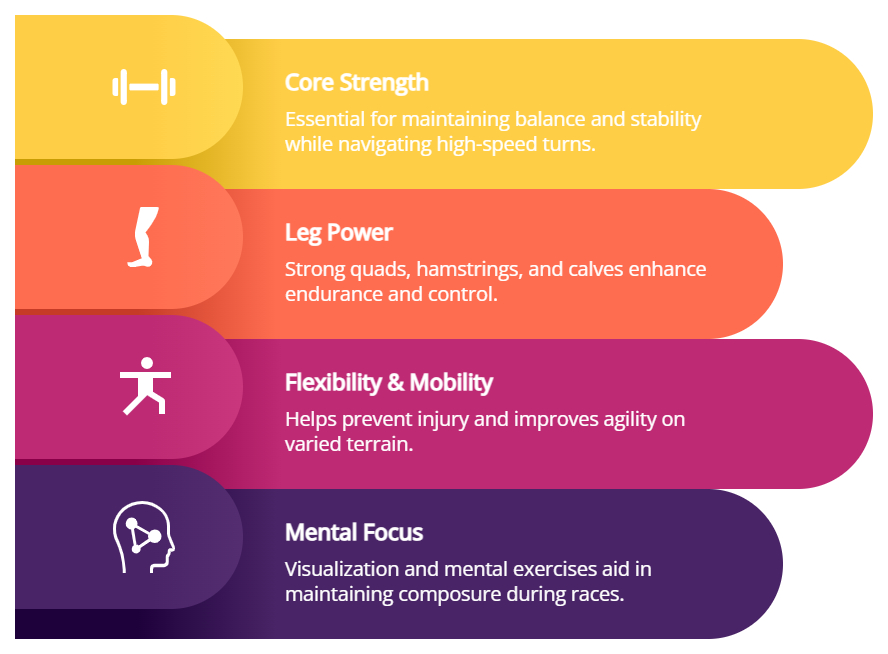
Ski racing requires a combination of strength and technique. Building strong core muscles, leg endurance, and flexibility helps racers maintain balance and agility while navigating race courses at high speeds. Strength training should focus on lower body muscles, including quads, hamstrings, and calves, to enhance stability and power during turns.
Technical skills such as proper stance, angulation, and edge control are essential for making efficient turns. Racers must learn to shift their weight properly, keep their body aligned, and use dynamic movements to adapt to changing terrain. Training drills like mogul skiing, slalom gates, and free skiing on steep slopes help improve overall technique.
How to Ski Faster and Improve Your Race Run?
To ski faster, racers must focus on body positioning, turn efficiency, and aerodynamic form. Keeping a low tuck position, reducing drag, and maximizing edge grip on turns are critical factors in gaining speed. Many ski racers analyze video footage of their runs to identify areas for improvement, such as excessive movements or inefficient line choices.
Training on varied terrain and practising gate drills regularly helps racers develop adaptability. Terrain changes, such as steep drops and blind turns, require quick decision-making and advanced edge control. Racers should also focus on weight distribution, keeping their skis flat on the snow when needed and angling them correctly to maintain speed.
Key Strategies for Race Day Success
Race day preparation is key to achieving peak performance. It’s race day, and racers must ensure their equipment is tuned, bindings are properly set, and race suits are fitted correctly for optimal aerodynamics. A well-prepared racer arrives early, inspects the race course, and visualizes their run to develop a strategic approach.
Mental preparation is just as important as physical training. Techniques such as deep breathing, positive visualization, and pre-race routines help racers stay focused and confident at the starting gate. Jim Taylor, a sports psychologist specializing in ski racing, emphasizes the importance of mental toughness in high-pressure competitions.
Understanding the Race Course and Snow Conditions
Every race course presents unique challenges, including variable snow conditions, gate spacing, and terrain changes. Racers must develop the ability to read the course and adjust their skiing style accordingly. Training on different slopes and conditions—hard-packed snow, icy surfaces, and powder—enhances adaptability.
A strong understanding of line selection, turn radius, and timing is critical for navigating gates effectively. Blind turns and steep sections require advanced anticipation skills, where racers must prepare their movements ahead of time to maintain momentum and control. Many racers walk the course before their run to memorize key parts of the course and anticipate critical turns.
The Importance of Equipment
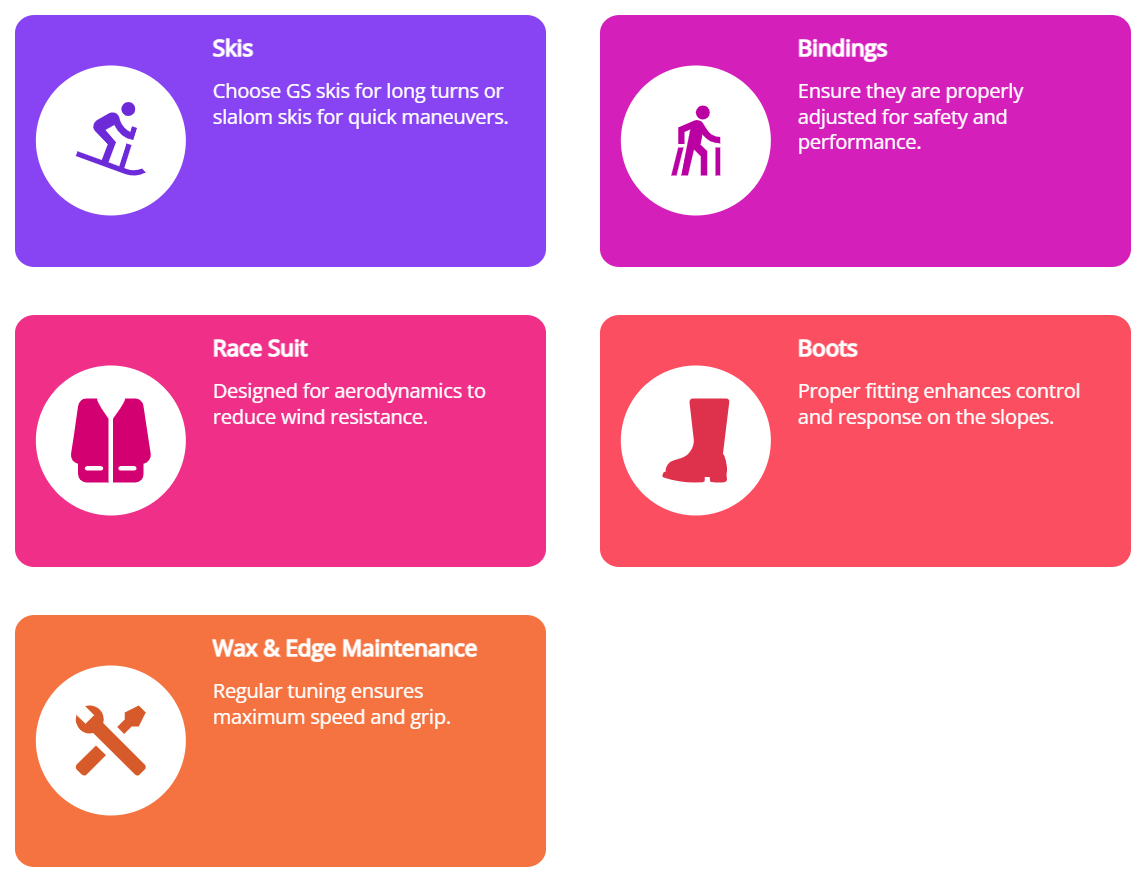
Selecting the right safety equipment is crucial in ski racing. A pair of skis tailored to the racer’s discipline ensures better control and speed. GS skis (Giant Slalom) are designed for long, sweeping turns, while slalom skis are shorter for quick, tight turns. Bindings must be adjusted correctly to provide support and safety without hindering mobility.
Race suits are designed for aerodynamics, reducing wind resistance and allowing racers to go faster. Proper ski tuning—sharpening edges, waxing bases, and adjusting bevel angles—ensures maximum performance on race day. Ski racers should also pay attention to boot fitting, as proper alignment and flex impact skiing efficiency.
Training Like a Pro: Masters National and FIS Masters Competitions
Ski racing is a sport for all ages, and many competitors continue racing in Masters National and FIS Masters events. These competitions allow skiers to test their skills against top-level racers while improving their performance. Training for these events includes structured strength conditioning, on-snow practice, and strategic race preparation.
High-intensity training sessions, including interval sprints, agility drills, and weightlifting, help racers build endurance and power. Video analysis and performance feedback from coaches contribute to refining technique and optimizing race strategies. Many seasoned racers seek mentorship from industry experts like Jim Taylor to improve their mental and physical game.
How to Avoid Common Ski Racing Mistakes?
Many racers make skiing mistakes that affect their overall performance. A common error is failing to maintain level shoulders, which can throw off balance and disrupt turns. Another issue is misjudging terrain change, leading to unstable skiing on uneven slopes. Avoiding these mistakes requires consistent practice and a focus on technique.
DNF (Did Not Finish) situations often result from poor race line choices, losing control on sharp turns, or equipment malfunctions. To prevent these errors, racers should spend time perfecting their ski racing technique, refining their equipment setup, and improving their mental resilience.
The Future of Ski Racing
Ski racing continues to evolve, with advancements in equipment technology, race training methodologies, and sports psychology. Ski racing media and industry experts provide valuable insights into upcoming trends, race season preparation, and world championships.
Organizations like the U.S. Ski Team and Japanese ski teams invest in research and training programs to help athletes compete at higher levels. From innovations in ski materials to better coaching techniques, the industry constantly seeks ways to help racers go faster and achieve peak performance.
More Posts
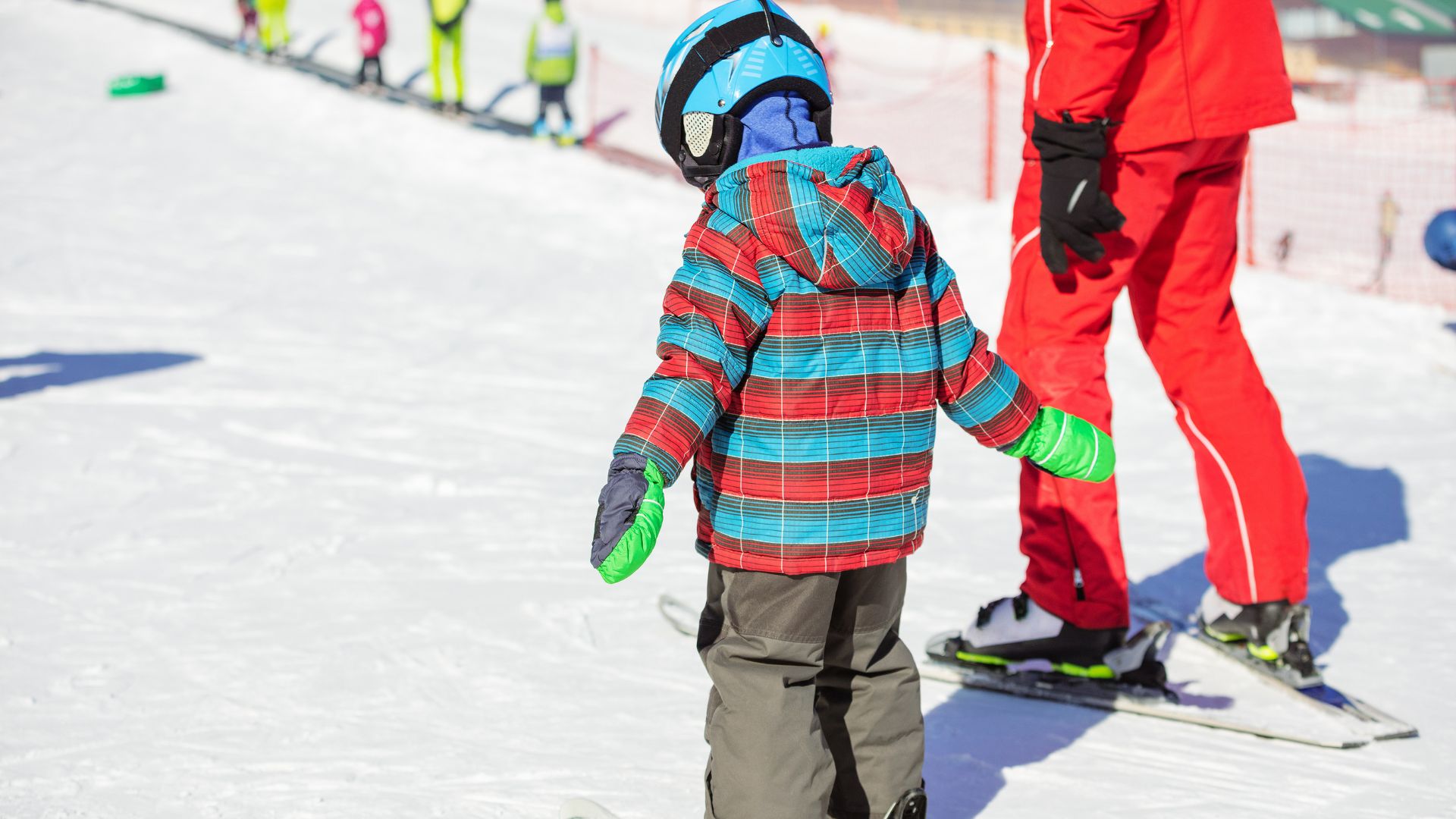
How to Teach Kids to Ski: A Complete Parent’s Guide
Skiing is a magical winter sport that can bring families closer together and create lifelong...
read More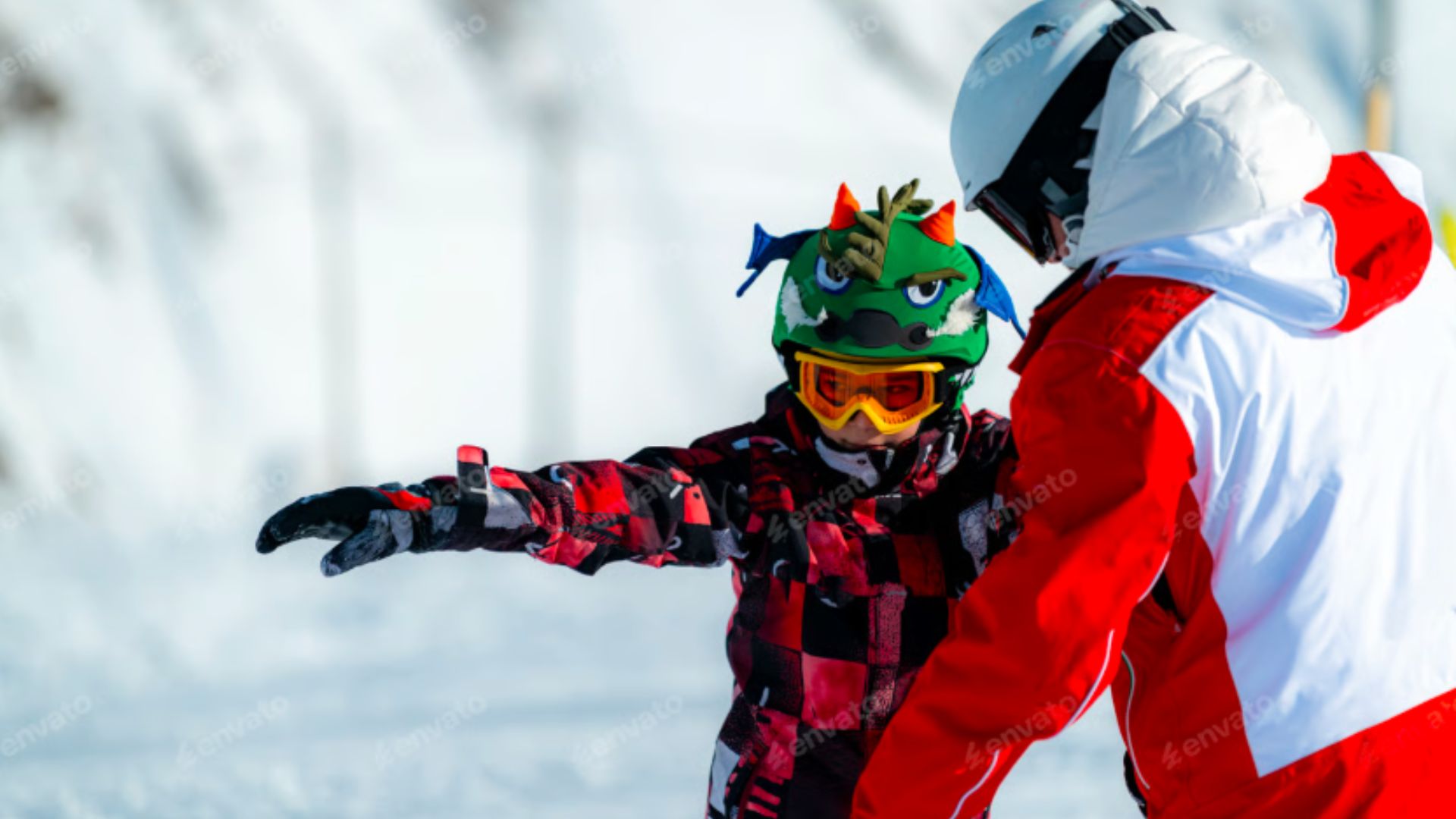
Ski Teaching Techniques: Mastering the Art of Ski Instruction
Teaching skiing is more than guiding someone down a slope—it’s about using ski teaching techniques...
read More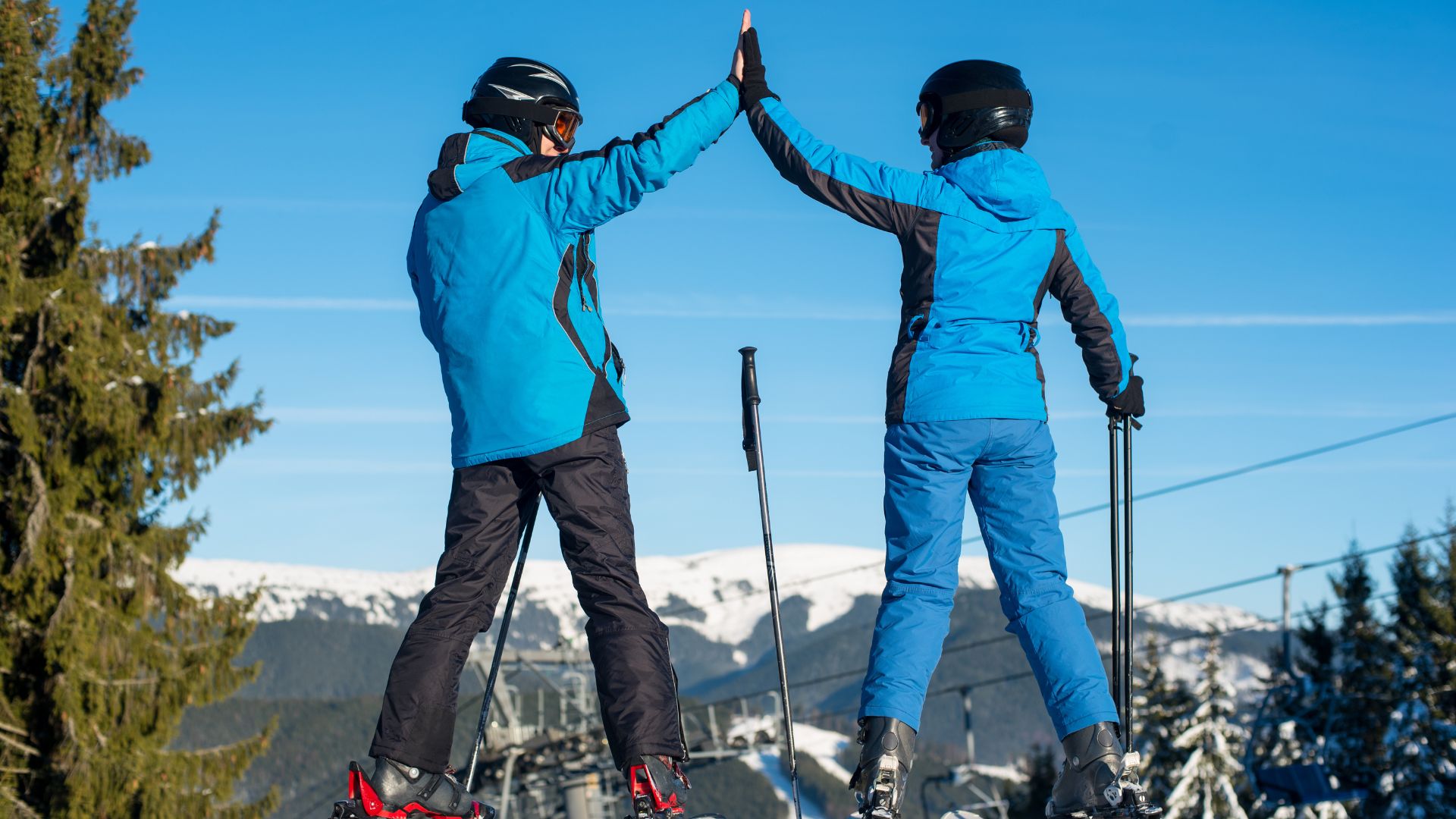
How to Become a Private Ski Instructor and Build Your Career on the Slopes
If you’ve ever dreamed of turning your passion for skiing into a career, you’ve probably...
read More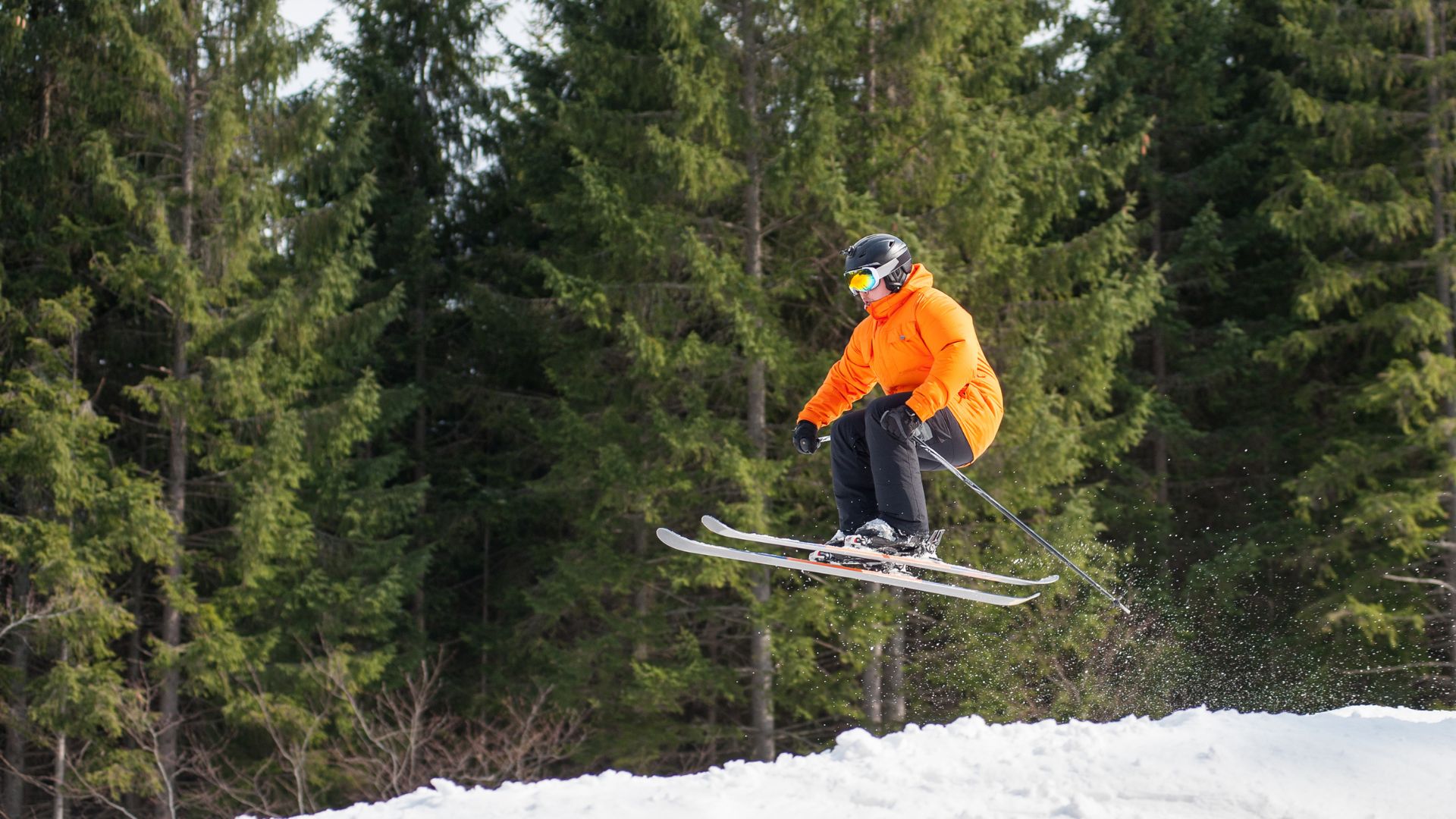
Where Can I Learn to Ski Jump: Lessons, Schools, and Tips
If you’ve ever watched athletes soar gracefully off a ski jump and wondered, where can...
read More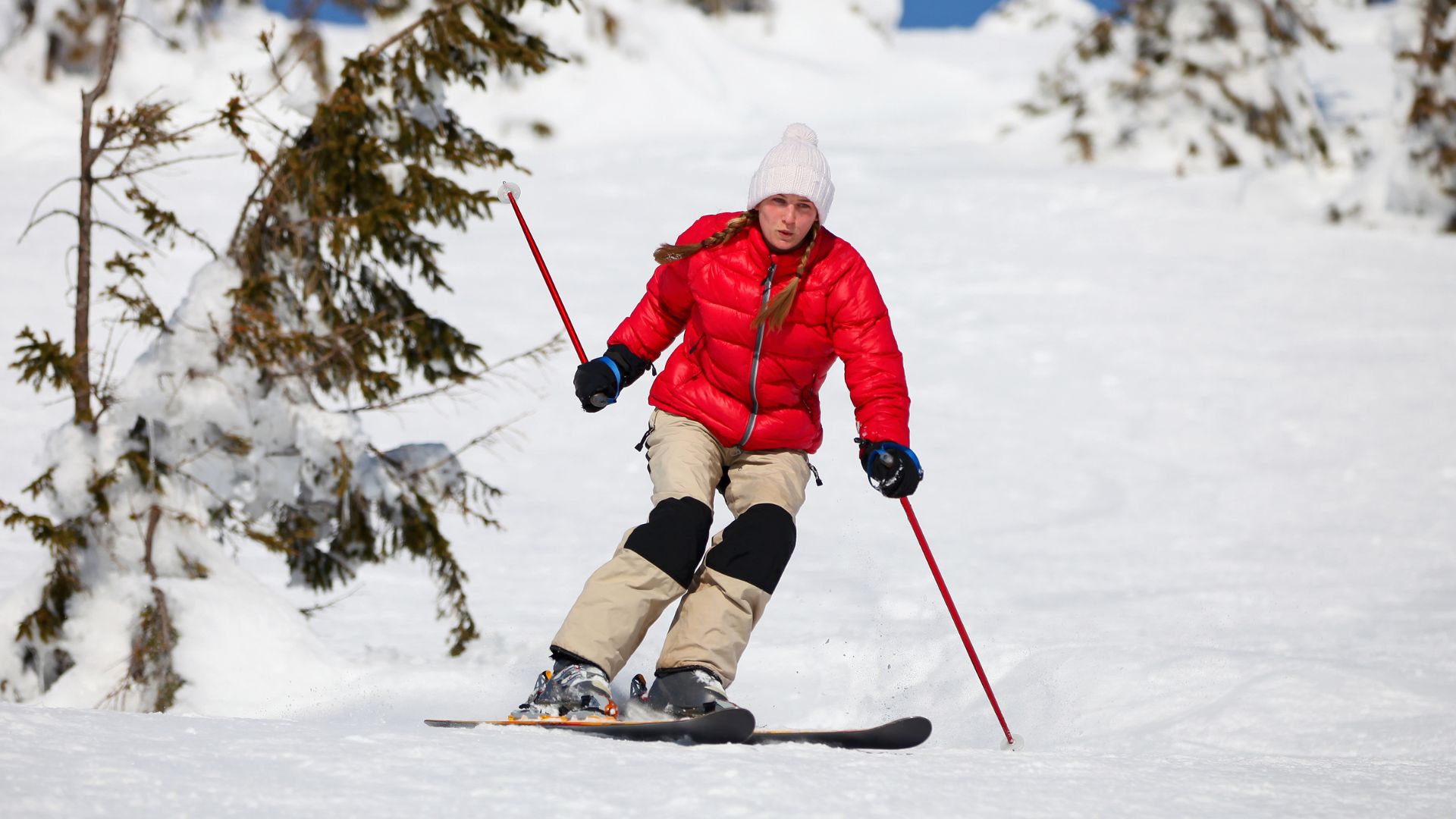
Skiing Safety Tips for Beginners: A Complete Guide to Staying Safe on the Slopes
If you’re new to skiing, the excitement of hitting the slopes can quickly turn overwhelming...
read More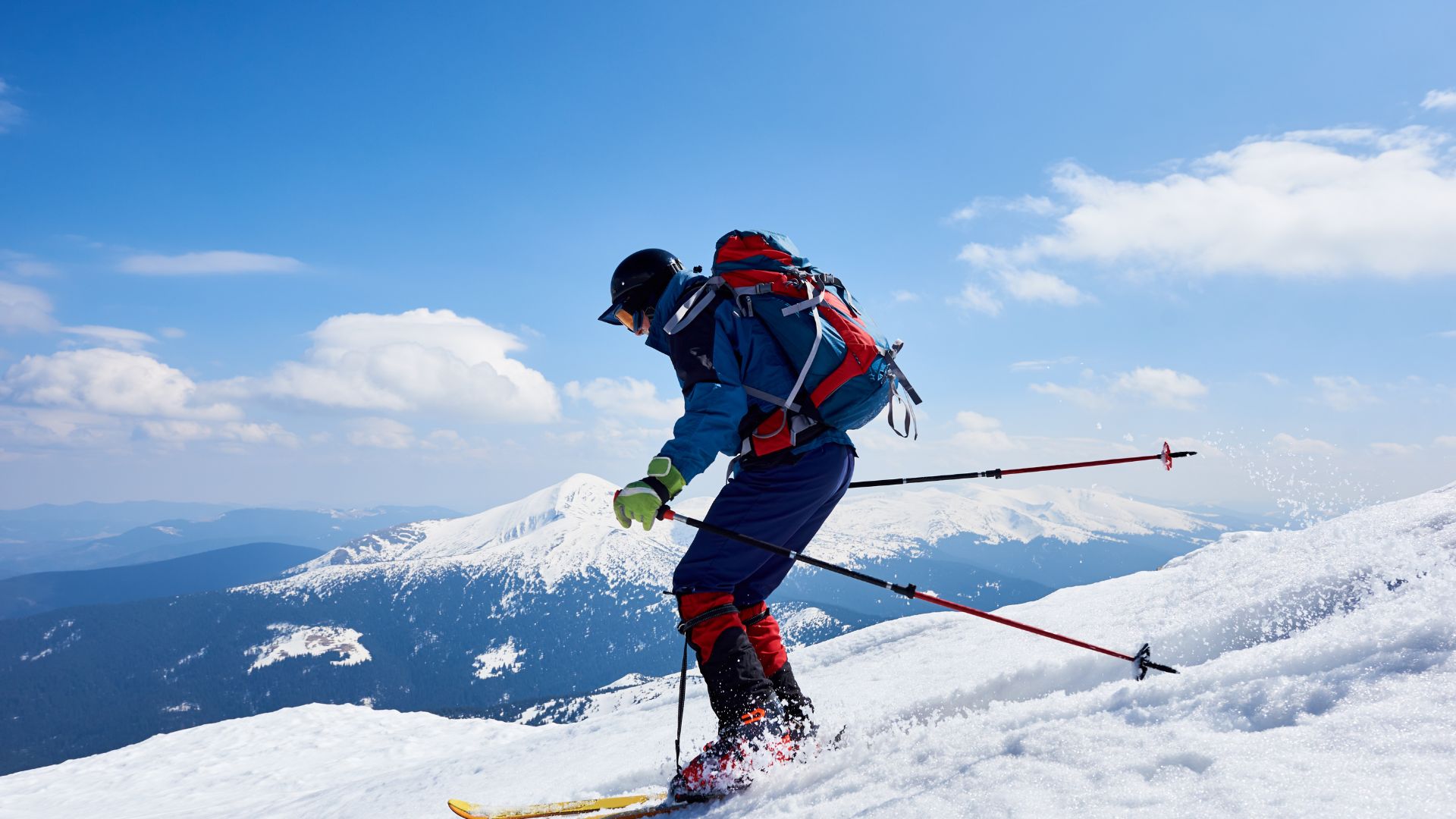
Off Piste Ski Training: Master Backcountry Skiing
Off piste ski training is essential for anyone wishing to elevate their skiing skills beyond...
read More